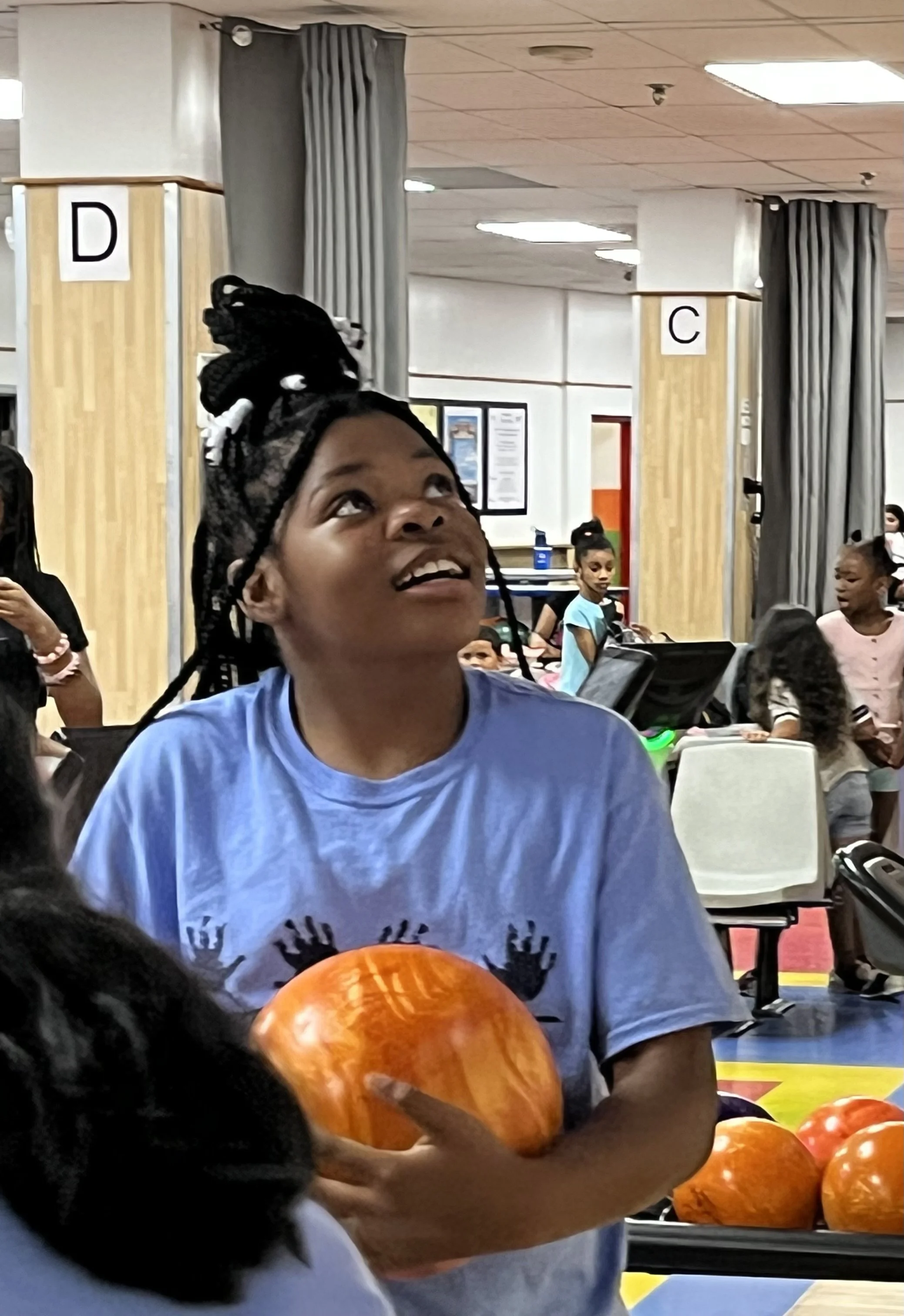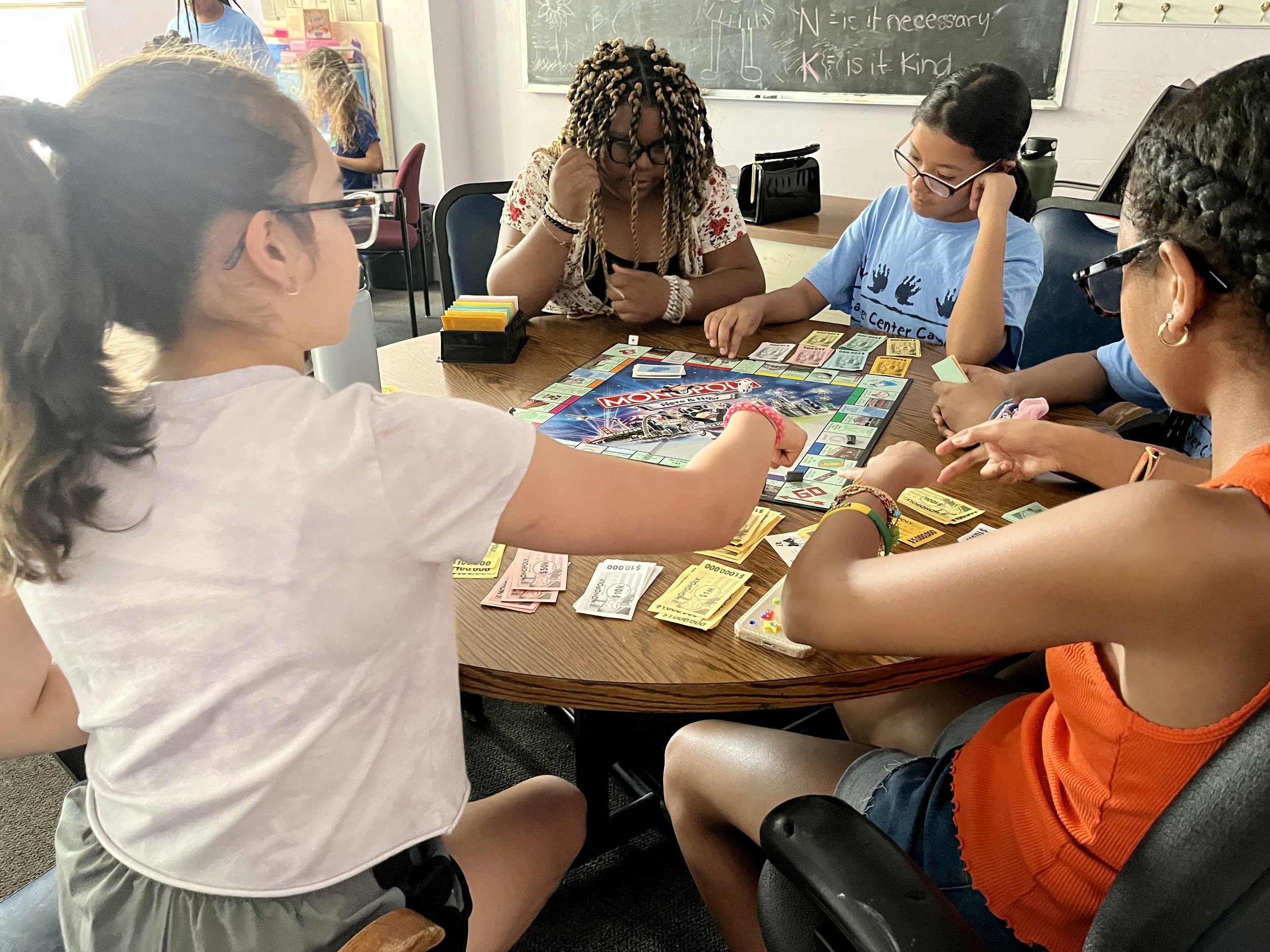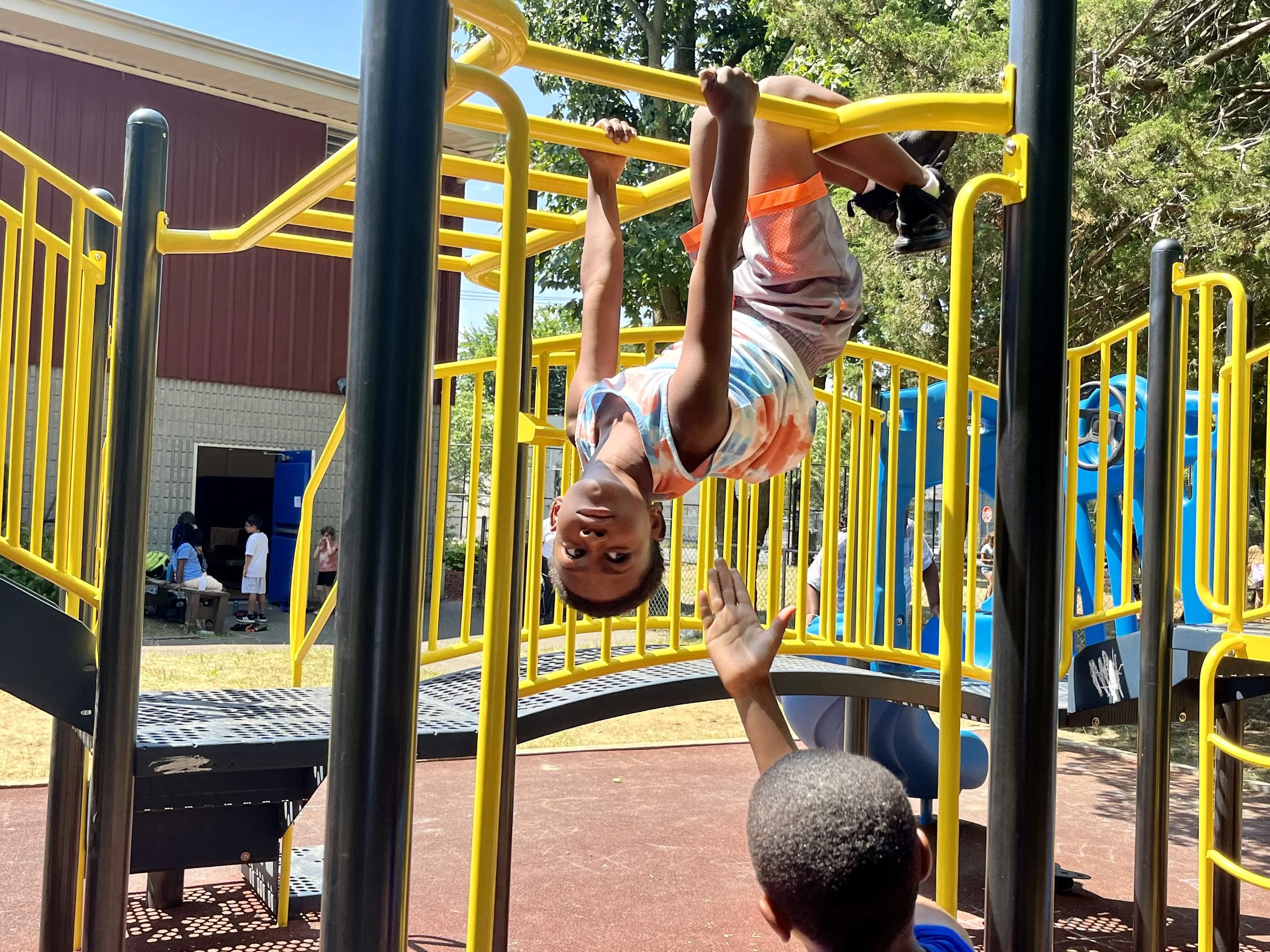Julia Berg is an accomplished Staples High School student and a vital Carver volunteer. Julia came to Carver in July 2022, stayed, and remains an integral year-round member of the Carver community. We were so impressed we gave Julia her own Carver blog!
Julia Berg brings openness, empathy, and a remarkable quality of attention to her volunteer work. Julia’s blog posts offer images of vitality, hopefulness, endurance, kindness, and vulnerability. A celebration of aliveness emerges, a vibrant testament to the observation that attention is the purest form of generosity. Blog post after painted blog post, Julia’s generous presence unfolds. Attention without feeling is only a report. Julia’s stories help us feel life at the Carver course through us. Julia’s attention helps us all appreciate the most profound rewards of the Carver community.
Julia is more than a writer. As she photographs and describes her encounters with her signature elegance of unpeeling the mundane to reveal the momentous, she is invited into our young students' magical worlds. Staff and students trust Julia’s sincere commitment to be present for and with them.
Whether simply observing our students learning and playing, assisting with robotics and all the other STEAM activities our students enjoy at the Carver Community Center, or any number of other tasks and responsibilities that arise and need her support, Julia is a vital member of the Carver community and embodies all that our mission calls forth.
Julia’s initial summer camp stories follow this post. Since August 2022, we have shared Julia’s posts as she writes them on Carver’s homepage blog, and then we archive them in the links below in the order in which they are written, with the latest blog post first.
Abbeli and Camilla share an afternoon of creativity and collaboration
Carver entrepreneurs show the value of learning at a young age
On Valentine's Day, Carver students read, help each other, and play!
It is not knowledge but the act of learning which grants the greatest enjoyment to our youth
Carver CASPER students go head-to-head in a battle to own the grid!
Best friends at Carver read aloud about how a dog becomes a best big sister
Volunteer Julia Berg shares how CASPER students color and discuss an enchanting spin on an old tale
Julia Berg captures the fun our kids have playing games after school at the Carver Community Center
No picture is worth the making, if it’s not the work of the imagination
How PLAY improves the cognitive, physical, social, and emotional well-being of Carver children
Julia Berg reports on what learning looks like at the Carver Community Center

























































